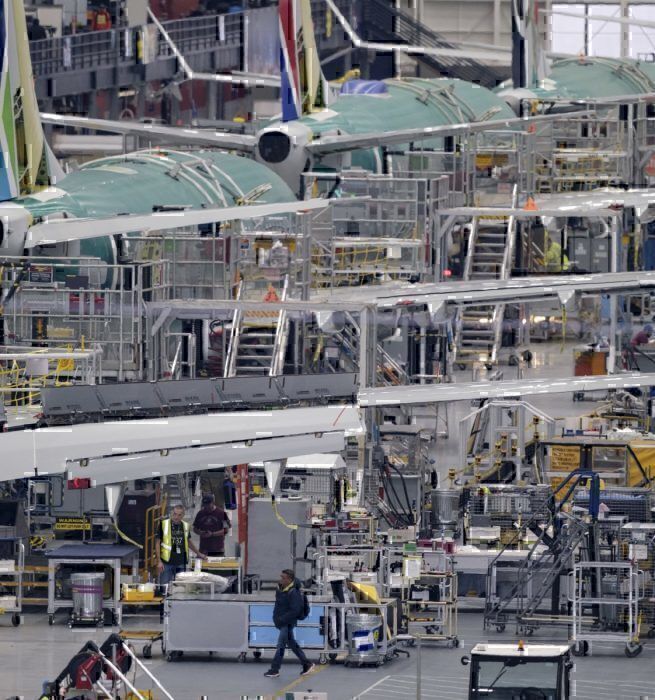In more bad news for Boeing, another software issue has been detected on its 737MAX jet just weeks before experts thought it could be recertified. Even if recertification happens within the coming weeks, the impact on production will no doubt continue. Once Boeing does restart production on its controversial jet, there are estimates that it will be four years behind its initial production schedule.
A new deal
In the latest news regarding the Boeing 737MAX production schedule, Spirit AeroSystems signed an agreement this week to deliver 216 fuselages in 2020 for Boeing’s 737MAX.
This agreement replaces Spirit’s previous deal with Boeing to deliver 52 fuselages per month. Boeing is expected to pay Spirit $225 million in the first quarter of this year for the 216 fuselages. This payment includes pre-payment for deliveries over the coming two years.
This new deal, signed on February 6, replaces a deal signed last April. The numbers in the deal suggest that Spirit will not be required to provide 52 fuselages per month until 2022. This puts Boeing almost four years behind its plans to increase production.
Boeing initially had plans to up the number to 57 per month throughout 2019 but this is now not thought to be realistic until 2023 at the earliest. Spirit may be relieved by the delay in delivery as it initially had issues trying to meet the demand for 57 per month.
The 737MAX fuselage is slightly different to the 737NG fuselages which are also made on Spirit's existing production lines. The company had to practise hitting target numbers and transition across to making more of the modified 737MAX fuselages.
Production issues
Boeing will face several issues when it reopens its MAX production facilities, not just the production of its fuselages. Spirit said in January that it has had to cut almost 3,000 jobs due to the MAX groundings. It will have to rehire employees once it begins to up the production to 52 and then 57 per month.
It isn’t just Spirit AeroSystems production which will cause Boeing issues. Continued cancellations of flights to China due to coronavirus fears, means many manufacturers are finding their supply chains disrupted. Any materials which pass through China are being delayed so even if Boeing is able to get its line up and running, they may find they’ve only got limited supplies to work with.
Restarting the production line
So far, Boeing has continued to insist that it will not lay off any of its production staff. Boeing has transferred staff into other positions within the company rather than lay them off. When the production line starts up again, it theoretically has the staff to go straight back to work.
There are conflicting reports as to when Boeing may start production again. Chief Executive Officer Dave Calhoun told reporters in January that he expects the airline to begin production again “months before that moment in June because we have to get that line started up again." June refers to the suspected date when the aircraft may be recertified.
But with Spirit AeroSystems having already laid off staff and struggling to meet Boeing’s demands, getting the production line up and running again may be more difficult than Calhoun is willing to admit. Staff and material shortages at Boeing and its suppliers will continue to impact Boeing’s delivery schedule. It won’t be a surprise if the four-year delay becomes considerably longer.
What do you think Boeing could do to get its delivery schedule’s back on track? Is there a way they could restart production before certification as Calhoun suggested? Let us know your thoughts in the comments.




